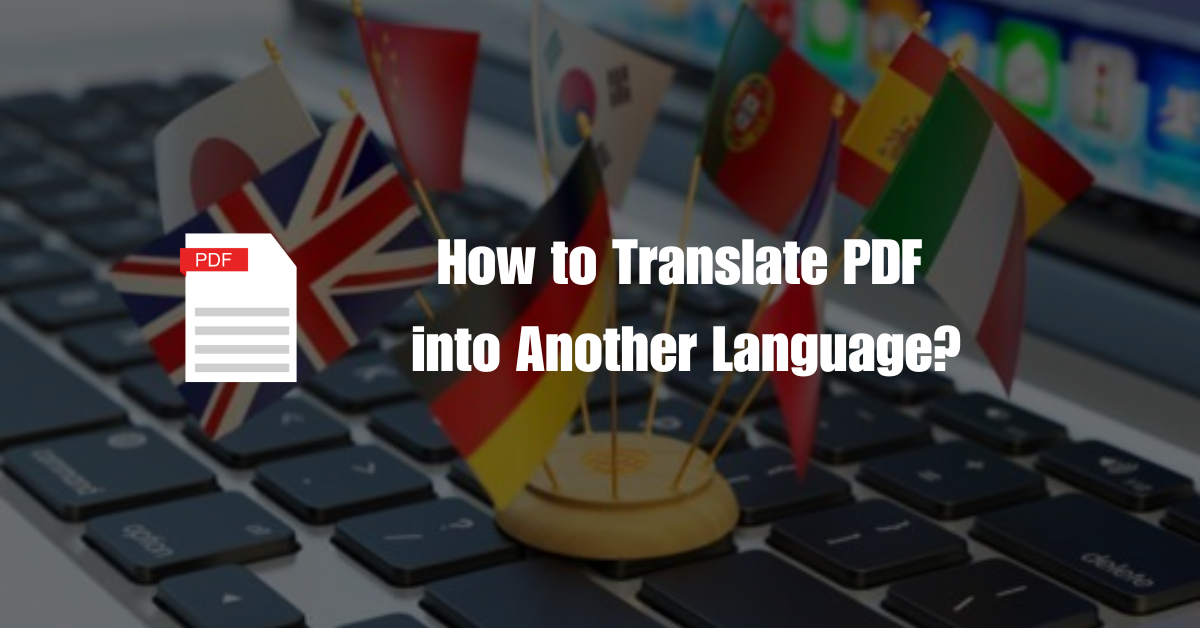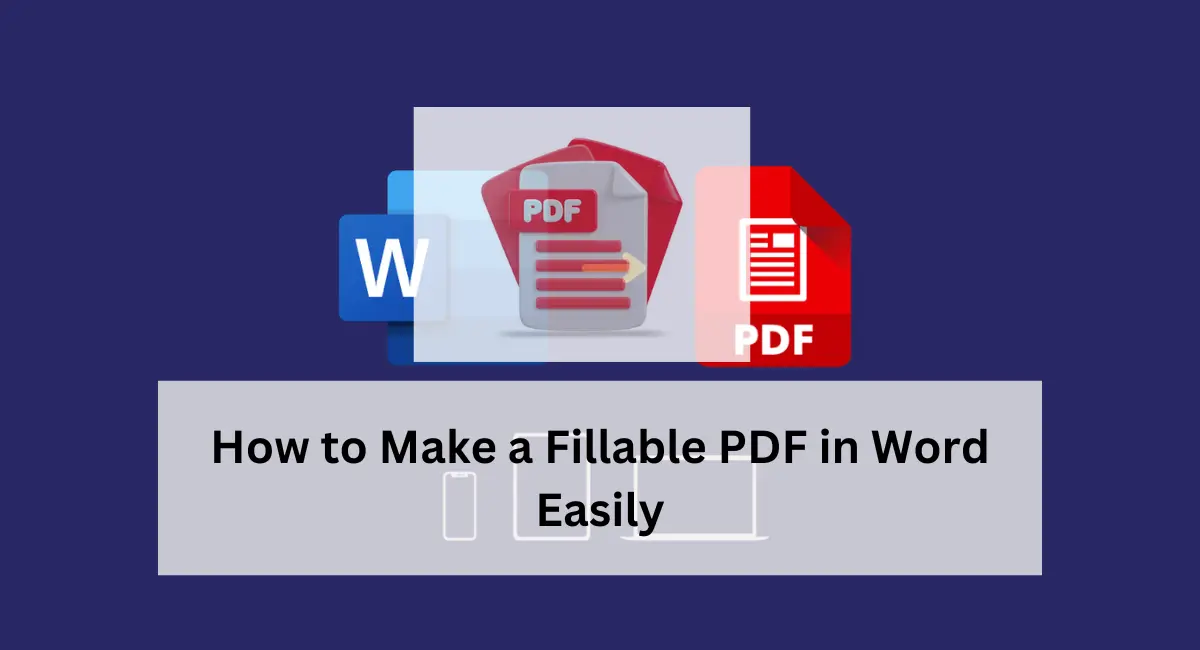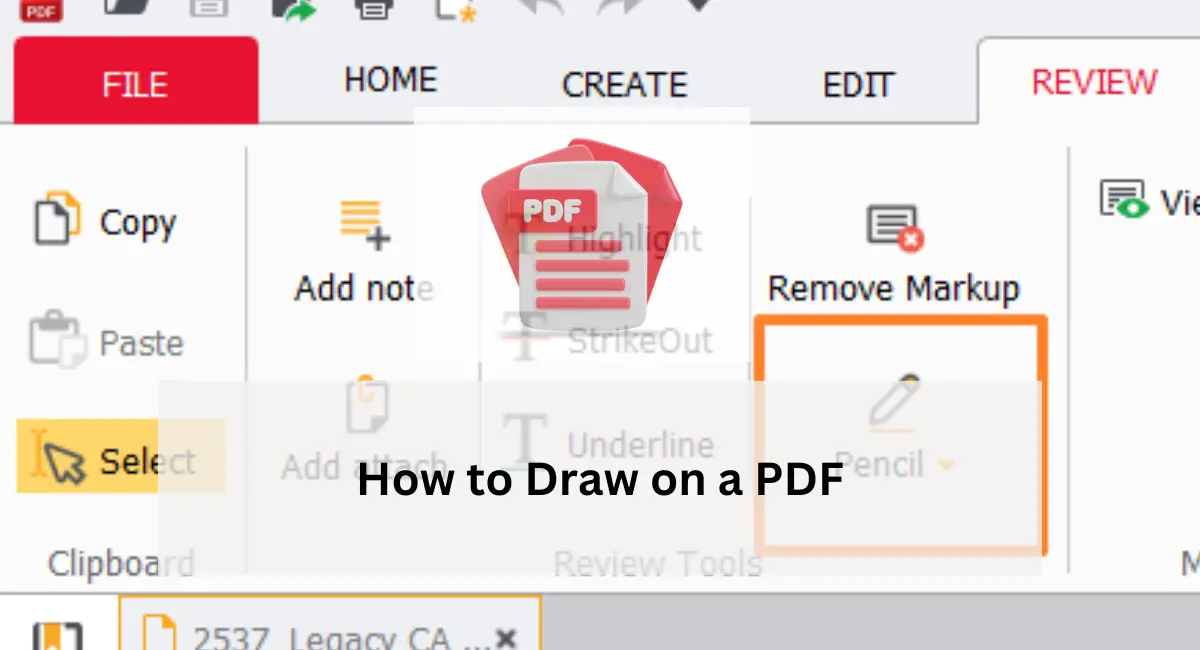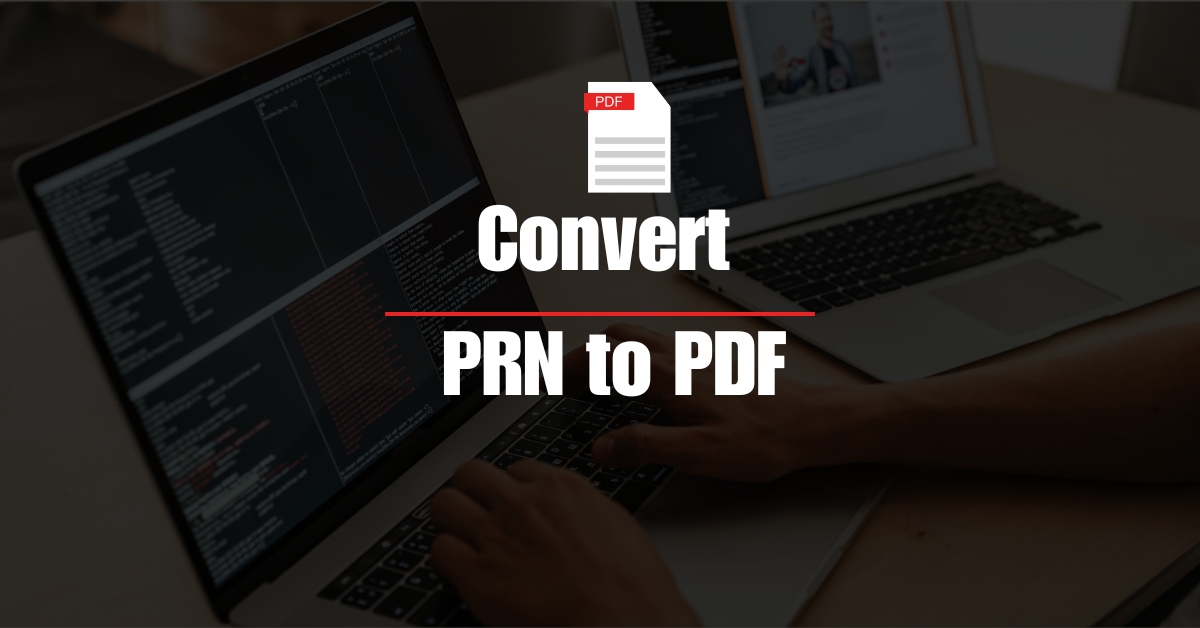Translating PDF files can be a tricky endeavor. Unlike plain text documents, PDFs can include a mix of text, images, and complex formatting. This makes translating them accurately both challenging and essential. Whether you’re working on a legal document, a research paper, or a marketing brochure, ensuring that the translation maintains the original’s meaning and formatting is crucial.
Accurate PDF translation is not just about converting words from one language to another; it’s about preserving context, tone, and the document’s overall integrity. In this blog, we’ll explore various methods and tools to translate PDFs into any language effectively. From online translation tools to professional services and DIY approaches, you’ll find the best way to handle your PDF translation needs.
Understanding PDF Translation
Translating PDFs involves more than simply swapping out words in one language for those in another. Here’s a closer look at the key aspects of PDF translation:
Machine vs. Human Translation
Machine Translation: Tools like Google Translate offer quick and cost-effective solutions for translating PDFs. These automated systems use algorithms and vast databases to provide translations. While they’re efficient, they can struggle with idiomatic expressions, context, and nuanced meanings.
Human Translation: Professional translators bring a deeper understanding of language and culture, offering translations that are more accurate and contextually appropriate. This method is ideal for complex or sensitive documents where precision is critical.
Factors Affecting PDF Translation Accuracy
Several factors can influence how accurately a PDF is translated:
- File Format: PDFs can include text, images, and complex layouts. Text-based PDFs are easier to translate than those with embedded images or scanned text.
- Language Pair: Some language pairs may pose more challenges due to differences in grammar, syntax, and idioms.
- Content Complexity: Highly technical or specialized content may require a translator with specific expertise to ensure accuracy.
Importance of Proofreading and Editing
Even the best translation tools or services can produce errors. Proofreading and editing are essential steps to ensure that the translated PDF is accurate and professional. This includes checking for grammatical errors, formatting issues, and ensuring that the translation conveys the original meaning.
4 Methods to Translate PDF into Another Language
There are multiple methods to Translate PDF into Another Language but here we’ll explore the easy and effective methods.
1. Online PDF Translation Tools
Online PDF translation tools are a convenient way to translate documents quickly. These tools are generally easy to use and can handle a range of languages. Here’s a rundown on how to use them and what to expect:
Popular and Reliable Online Tools
- Google Translate – While primarily known for text translation, Google Translate can handle PDFs up to a certain size limit.
- DeepL Translator – Known for its high-quality translations, DeepL also supports PDF translation, though it may require conversion to text first.
- DocTranslator – A dedicated tool for translating documents, including PDFs, maintaining the original layout and formatting.
- Online Doc Translator – Provides translations while preserving the original format and layout, supporting a wide array of languages.
Step-by-Step Guide on Using an Online Translator
- Choose a Tool: Select one of the online translation tools that best fits your needs.
- Upload Your PDF: Most tools have an upload button or drag-and-drop feature. Make sure your file is within the tool’s size limits.
- Select Languages: Pick the languages you need for translation—one to convert from and the other to convert to
- Translate: Click the translate button and wait for the tool to process your document.
- Download: Once the translation is complete, download the translated PDF. Check it for accuracy and formatting.
Pros and Cons of Online Tools
Pros:
- Speed: Translation is often completed quickly.
- Accessibility: Tools are available from any device with internet access.
- Cost: Many tools offer free or low-cost services.
Cons:
- Accuracy: Machine translations may lack nuance and context.
- File Size Limitations: Some tools have restrictions on the size of the PDF.
- Formatting Issues: The layout and formatting might not always be preserved perfectly.
👉 Also read: How to Prevent People From Modifying Your Pdf Files?
2. Using Google Translate for PDF Translation
Google Translate is one of the best choices for translating text quickly. While it’s not primarily designed for PDFs, you can still use it to get a basic translation of your document. Here’s how:
How to Use Google Translate for PDF Translation
- Convert PDF to Text: Google Translate doesn’t handle PDFs directly. First, you’ll need to convert your PDF into a text format. Use a PDF to Word converter or copy the text from the PDF into a document editor.
- Open Google Translate: open Google Translate website.
- Upload Your Text: Paste the text into the input box. For longer documents, consider splitting the text into manageable chunks.
- Select Languages: Choose the original language and the target language for the translation.
- Translate: Click the translate button and wait for Google Translate to process the text.
- Review and Edit: Copy the translated text back into a document editor and adjust formatting as needed.
Limitations of Google Translate for PDF Translation
- Text-Only: Google Translate cannot directly translate PDFs with images or complex formatting.
- Context and Nuance: Machine translation might miss context or nuanced meanings, leading to less accurate results.
- Formatting: Translations will lose the original PDF’s formatting, so you’ll need to manually adjust the layout.
Tips for Improving Translation Accuracy with Google Translate
- Break Down Text: Divide large documents into smaller sections to avoid overwhelming the tool.
- Proofread: After translation, carefully proofread the text to correct any errors or awkward phrasing.
- Use Clear Text: Ensure the text you input is clear and straightforward to help the translation engine understand it better.
👉 Also read: How to Compress a PDF file for email?
3. Professional Translation Services
When accuracy and quality are paramount, professional translation services are often the best choice. They offer expertise and precision that automated tools can’t match. Here’s what you need to know:
Benefits of Hiring Professional Translators
- Expertise: Professional translators are skilled in handling complex documents and nuances in language. They ensure that technical terms, idioms, and context are accurately conveyed.
- Accuracy: Human translators provide a higher level of accuracy, particularly for specialized or sensitive content.
- Formatting: Professional services can maintain the original layout and formatting of your PDF, ensuring a polished final product.
Points to Consider When Choosing a Translation Service
- Expertise and Specialization: Choose a translator or service with experience in the subject matter of your document. For example, legal or medical documents require specialized knowledge.
- Reputation: Check reviews and ratings to ensure the service is reliable and reputable.
- Turnaround Time: Consider how quickly you need the translation done and whether the service can meet your deadline.
- Cost: Professional translation services can be expensive. Obtain quotes and weigh them against your budget and needs.
Cost Implications of Professional Translation
Professional translation services often charge based on the number of words, complexity of the document, and turnaround time. While the cost can be higher than using automated tools, the quality and accuracy of the translation typically justify the expense.
👉 Also read: How to Easily Extract Images from PDF Files?
4. DIY PDF Translation
For those who prefer a hands-on approach or are working with a tight budget, DIY PDF translation is an option. This method involves using a combination of tools and manual efforts to translate your document. Here is complete guide about this translation process:
Basic Steps Involved in DIY PDF Translation
- Extracting Text from PDF
- Using OCR Software: For scanned PDFs, Optical Character Recognition (OCR) software can convert images of text into editable text. Tools like Adobe Acrobat or free alternatives like OCR Space can be used.
- Copy and Paste: For text-based PDFs, you can copy the text directly into a text editor or word processor.
- Using Translation Software or Online Tools
- Machine Translation Tools: Use tools like Google Translate, DeepL, or others to translate the extracted text. Paste the text into these tools and select your target language.
- Translation Software: Consider using specialized software like SDL Trados or MemoQ for more control and accuracy.
- Reassembling the Translated PDF
- Format the Text: After translation, format the text to match the original layout as closely as possible. This includes adjusting font, size, and style.
- Incorporate Images and Graphics: Reinsert any images, charts, or graphics from the original PDF.
- Save as PDF: Once satisfied with the translated document, save or export it as a new PDF.
Pros and Cons of DIY Translation
Pros:
- Cost-Effective: It can be done with free tools and software.
- Control: You have full control over the translation process and final output.
Cons:
- Time-Consuming: DIY translation can be labor-intensive, especially for long or complex documents.
- Risk of Errors: Without professional oversight, there’s a higher chance of mistakes or inaccuracies.
Tips for Optimal PDF Translation
Achieving a high-quality PDF translation requires careful preparation and attention to detail. Whether you’re using online tools, professional services, or a DIY approach, these tips can help you get the best results:
Preparing the PDF for Translation
- Clean Layout: Ensure that your PDF has a clean and clear layout. This includes removing unnecessary images or formatting that could complicate the translation process.
- Consistent Terminology: Use consistent terminology throughout the document, especially for technical terms. This helps maintain clarity and accuracy in the translation.
- Image Optimization: If your PDF includes images with text, ensure they are high quality and legible. For scanned documents, consider using OCR software to extract the text.
Choosing the Right Translation Method
- Assess Your Needs: Determine the level of accuracy and quality required. For critical documents, professional translation services are advisable. For less formal needs, online tools or DIY methods may suffice.
- Budget Considerations: Weigh the costs of professional services against the potential drawbacks of cheaper, automated tools.
Proofreading and Editing the Translated PDF
- Check for Errors: After translation, thoroughly proofread the document for grammatical errors, mistranslations, or awkward phrasing.
- Verify Formatting: Ensure that the translated document maintains the original’s layout, including font styles, headings, and spacing.
- Consistency Check: Verify that the translated document consistently uses terminology and phrasing.
Additional Tips
- Use Glossaries: Create or use existing glossaries for specialized terms to ensure consistency.
- Test Readability: If possible, have a native speaker of the target language review the translation for readability and naturalness.
- Backup Originals: Always keep a copy of the original PDF to refer back to during the translation process.
Conclusion
Translating a PDF into another language can be a tricky task, but with the right approach, it’s manageable. Whether you opt for an online tool, hire a professional, or do it yourself, the key is to choose the method that fits your needs and budget.
Accuracy and clarity are crucial, so don’t skip on proofreading and editing. These steps ensure that your translated document maintains its integrity and professionalism.
In the end, the goal is to communicate effectively in any language. With careful preparation and attention to detail, you can achieve a high-quality translation that meets your objectives. Choose wisely and take the time to perfect your work.

Niketa Mulay, a seasoned content writer and editor, has over a decade of experience. With a Master’s in Journalism, she honed her skills at The Times of India and now freelances across various industries. Passionate about reading, writing, and scuba diving, she shares expert PDF guides and tips at PDFdrivehub.com.




